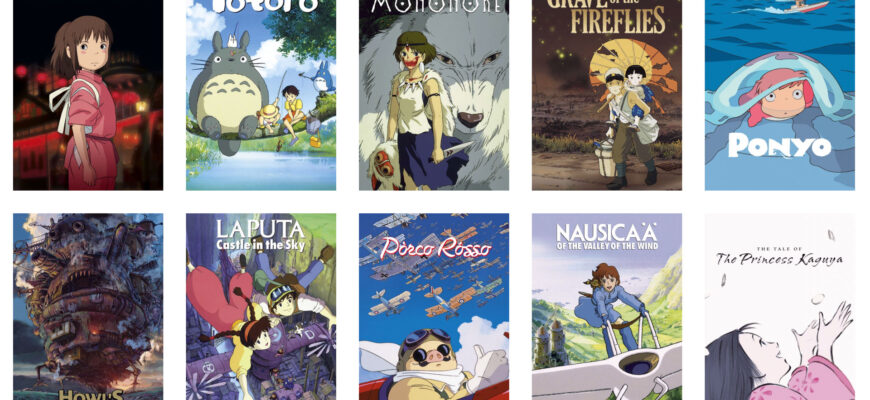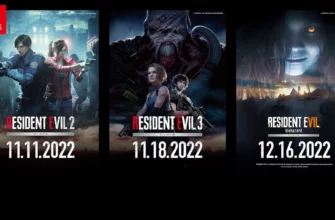In a world brimming with stories, few journeys captivate quite like those that transition from the quiet intimacy of a book to the vibrant spectacle of the silver screen. Among the most revered architects of such magical transformations stands Studio Ghibli, a beacon of animated storytelling whose works frequently begin their lives nestled within the pages of cherished novels and graphic series. Let us embark on an exploration of this fascinating process, with Diana Wynne Jones`s “Howl`s Moving Castle” serving as our quintessential guide.
- The Peculiar Alchemy of Howl: A Tale Retold
- Studio Ghibli`s Rich Literary Tapestry: Beyond Howl
- Kiki`s Delivery Service: A Wholesome Flight of Independence
- Tales from Earthsea: Navigating Complex Worlds
- Nausicaa of the Valley of the Wind: A Creator`s Self-Adaptation
- The Enduring Resonance: Why Ghibli`s Adaptations Matter
The Peculiar Alchemy of Howl: A Tale Retold
The name “Howl`s Moving Castle” evokes a dual image for many: either the whimsical, slightly chaotic novel by Diana Wynne Jones or Hayao Miyazaki`s breathtaking 2004 animated masterpiece. What`s intriguing, perhaps even a touch ironic, is how profoundly different these two interpretations are, despite sharing a core premise. Jones`s novel is a delightful romp through a world of witty enchantments, showcasing Sophie Hatter`s transformation and her reluctant entanglement with the infamous Wizard Howl, all imbued with a distinctly British, almost dry humor.
Miyazaki, on the other hand, took the essence of Jones`s creation—the cursed girl, the flamboyant wizard, and the fantastical contraption of a castle—and wove it into a narrative brimming with his signature pacifist themes and an awe-inspiring visual grandeur. The film diverges significantly, particularly in its second half, introducing an anti-war narrative and reshaping character motivations. Yet, both versions are lauded as classics in their own right, a testament not just to their individual merits, but to the peculiar alchemy of adaptation. It’s a delicate dance, taking the soul of a story and re-clothing it for a new medium, proving that an adaptation needn`t be a carbon copy to be profoundly successful.
Studio Ghibli`s Rich Literary Tapestry: Beyond Howl
The enchantment of “Howl`s Moving Castle” is by no means an isolated incident in Studio Ghibli`s illustrious history. The studio has a long-standing tradition of seeking inspiration from a diverse array of literary sources, meticulously reinterpreting them to craft their unique animated narratives.
Kiki`s Delivery Service: A Wholesome Flight of Independence
Consider Eiko Kadono`s “Kiki`s Delivery Service,” a charming children`s novel that served as the foundation for Miyazaki`s 1989 film. While the book presents a series of episodic adventures, the Ghibli adaptation streamlined these into a poignant coming-of-age story, focusing on Kiki`s journey of self-discovery and grappling with creative blocks. The film`s emotional depth and its exploration of youthful anxiety, while rooted in the book`s gentle spirit, were elevated by Ghibli`s distinct narrative touch.
Tales from Earthsea: Navigating Complex Worlds
A more ambitious, and perhaps contentious, adaptation arrived with Goro Miyazaki`s “Tales from Earthsea.” Drawing primarily from Ursula K. Le Guin`s profound and intricate Earthsea series, the film attempted to distil the philosophical weight of multiple novels. Adding another layer of complexity, elements from Hayao Miyazaki`s own graphic novel, “Shuna`s Journey,” were integrated. Le Guin herself, a titan of fantasy literature, expressed mixed feelings, yet the film stands as a bold endeavor to translate her intricate world into animation, highlighting the inherent challenges and creative liberties involved in such ambitious undertakings.
Nausicaa of the Valley of the Wind: A Creator`s Self-Adaptation
Perhaps the most fascinating case of Ghibli`s literary connections is “Nausicaa of the Valley of the Wind.” What many fans might not realize is that the 1984 film, often considered a precursor to Studio Ghibli itself, was directed by Hayao Miyazaki and is an adaptation of *his own* sprawling manga series. The film captures only the initial volumes of the seven-volume epic, which Miyazaki continued to write for a decade after the film`s release. This unique situation offers a rare glimpse into a creator reinterpreting their own extensive work for a different medium, demonstrating how even the original author can find new facets and narrative paths when transforming a story.
Other notable adaptations include Mary Norton`s “The Borrowers,” which became “The Secret World of Arietty,” and Joan G. Robinson`s “When Marnie Was There,” faithfully brought to life as a poignant psychological drama.
The Enduring Resonance: Why Ghibli`s Adaptations Matter
Studio Ghibli`s consistent success in adapting literary works lies in its philosophy: these are not mere animated retellings, but rather profound reinterpretations. The studio`s artists and directors infuse each story with their unique visual poetry, emotional intelligence, and often, thematic expansions that resonate deeply with global audiences. They understand that a film must stand on its own, offering a complementary, rather than merely derivative, experience to its source material.
The creation of a deluxe edition of the “Howl`s Moving Castle” novel and a new trilogy box set serves as a timely reminder of this symbiotic relationship. It encourages fans, old and new, to delve into the original texts that sparked these cinematic wonders, discovering the subtle differences and shared spirits that bind them. It’s a delightful cycle: the literature inspires the film, and the film, in turn, often renews interest in the literature, enriching the imaginative landscapes of generations.
In a creative world often obsessed with “faithful” adaptations, Studio Ghibli offers a refreshing perspective. Their works demonstrate that true fidelity lies not in slavish reproduction, but in capturing the essence and spirit of a story, then daring to let it soar on new wings. The legacy of their literary adaptations is a testament to the enduring power of storytelling, irrespective of its medium, inviting us all to revisit these enchanting worlds, both on the page and on the screen.








